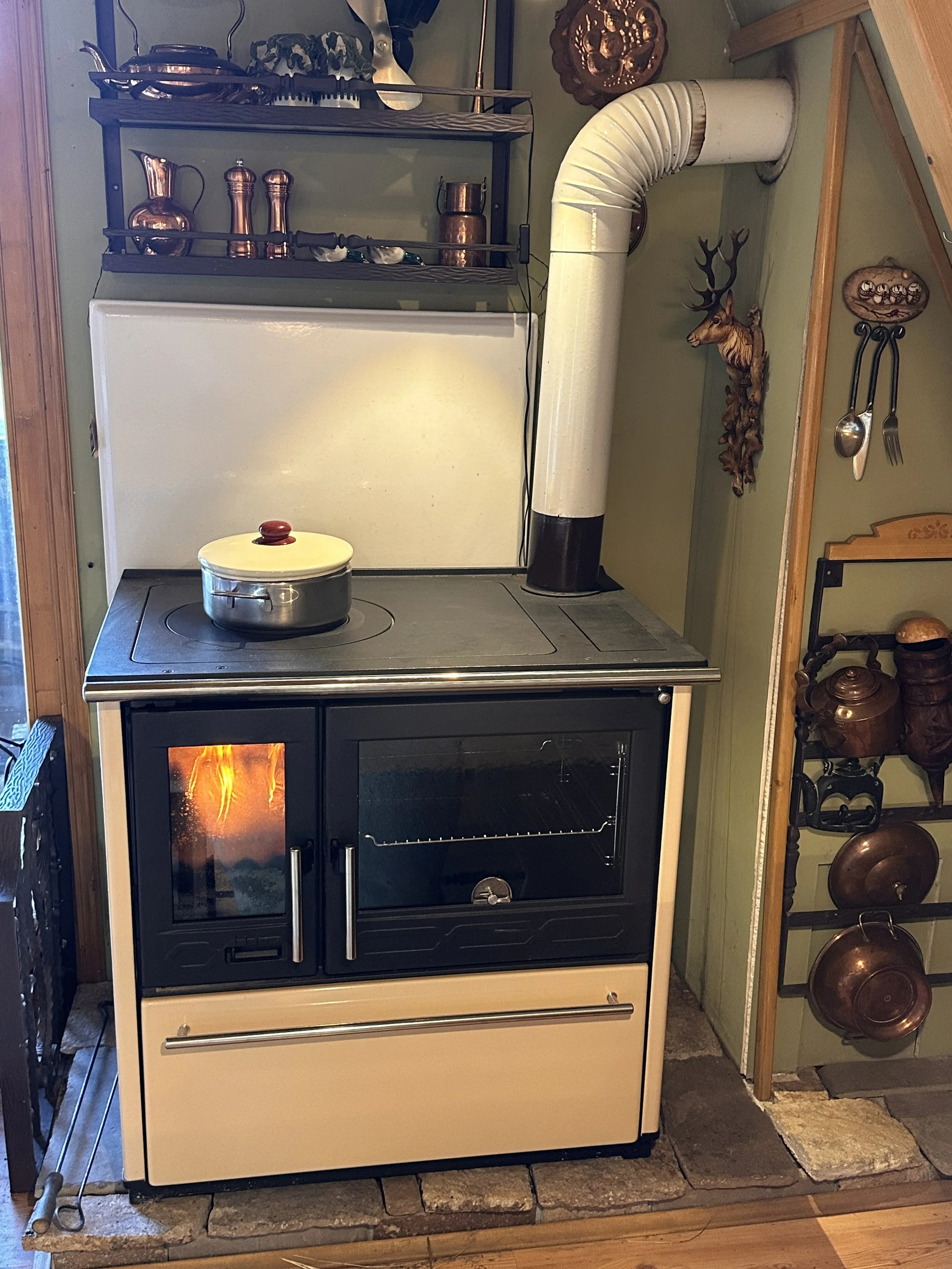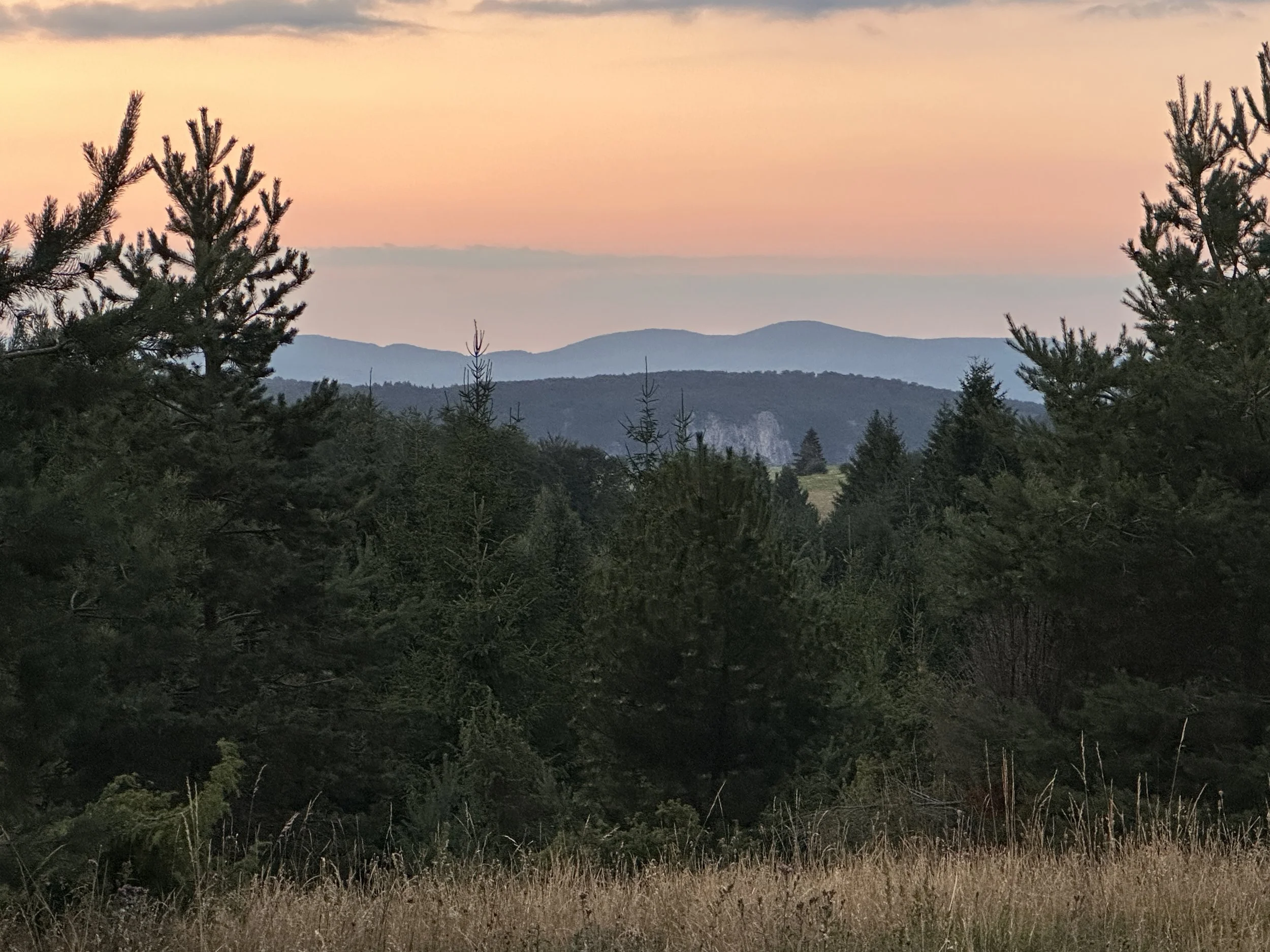Tara National Park, Serbia
We had crossed the border to Serbia on August 5th and managed to find our little remote “Chalet” in a town called Racanska Sljivoviva, embedded in the Tara National Park. The place is off the beaten track and once again tested the offroad capabilities of our car, as well as the nerves of its driver. The National Park is located in Western Serbia, yet another country we haven’t visited thus far and had fairly little knowledge about, prior to our travels.
While also under Ottoman rule for more than three decades, Islam does not play a major role in today’s Serbia, in the contrast to Bosnia & Herzegovina, the country we had previously visited on our journey. Over 85% of Serbia’s population follow the Christian religion, and only around 4% follow Islamic beliefs. Consequently, the overall appearance -at least on a first glance- is less diverse than Bosnia & Herzegovina. Even though the entire land of today’s Serbia was conquered by the Ottoman Empire in 1459, and all Serbs and Christians were considered an inferior class and were subjected to much higher taxes, there only was a limited amount of islamisation amongst the Serbian population. It was the Serbian Revolution that lead to the independence from the Ottoman Empire in 1815, and on February 15th, 1835, Serbia was one of the first countries in Europe that formed a democratic constitution. To this day, the 15th of February is a national holiday in Serbia. The minarets, and the corresponding sound of prayers that have been a pleasant change in scenery in Bosnia & Herzegovina, are barely visible on our path through Serbia.
The Tara National Park is named after the Tara Mountain, which is part of the Dinaric Alps and the highest peak is Zborište, at 1,544 metres above sea level. The national park was officially established in 1981 and it encompasses Tara, part of the Zvijezda mountain, in a large bend of the Drina River, with a total size of 249.92 km2 (https://en.wikipedia.org/wiki/Tara_(mountain). You can tell that the area has been a local tourism spot for years, however, you rarely see any number plates from outside of Serbia.
Once we found a local minimarket and bought some basic supplies for the first day, we explored the surrounding area of our apartment. A local dog joined us for an evening walk, after we had made a fire and boiled some potatoes on our stove.
On our second day in the Tara area we took the car and went to the entrance of a local hike, exploring the lush green forests and viewpoints in the mountains. There were several signs warning to stay on the tracks, as the Tara National park has a sizable brown bear population that apparently doesn’t appreciate any disturbances. Around 60 brown bears are living in the area, and ever since the brown bear was fully protected in Serbia, its population has been constantly rising. After a good hike and a lunch at a local restaurant, we went to a nearby city called “Bajina Basta (Бајина Башта)” to supply us for last 2 days in Tara.
After a couple of hours of downtime, we yet again chopped some wood, made a fire and grilled us a few veggies and some chicken in our outdoor kitchen. A lovely meal to finish a full day in the mountains…
On our third day, we collectively decided to not take any major trips and adventures, but simply enjoyed the remoteness of our forest hut, before the 4 hour drive to Nis that awaits us tomorrow. We did a short hike on a smaller trail, starting at the local “Omikron Hotel”, which appears to be the biggest hotel in the Tara National Park and a popular tourist spot. Especially for the residents of Belgrade, judging by the license plates on the parking lot.
We enjoyed our stay in Tara, now it’s time for city life again. Nis, here we come…













